The Thomas Nelson NKJV Abide Bible was developed by the Taylor University Center for Scripture Engagement for the purpose of encouraging a deeper level of interacting with God’s Word. The purpose is to engage with Scripture in ways that change us, help us develop engagement habits, make us better disciples, better evangelists, and improve church growth. It’s available in green hardcover, stone imitation leather, and brown imitation leather. In this review, I’ll look at all three covers.
Thomas Nelson provided this Bible in exchange for an honest review. I was not required to give a positive review, only an honest one. All opinions are my own.
_________________________________________________________
This Bible is available at (includes some affiliate links)
and many local Bible bookstores
_________________________________________________________
Table of Contents
Video Review
Cover and Binding
The three covers include brown imitation, stone imitation, and green hardcover. All three are Smyth sewn. They come in a one-piece box with an artistic design of a forest on the front. I love this design.
The brown imitation leather cover has a nice grain, It’s perimeter-stitched and has the title on the front and the spine printed in gold. The spine also includes NKJV and Thomas Nelson printed in gold. The liner is paper and includes information about the Bible’s features. I love this color of brown. It has several shades that give it some visual texture. It doesn’t feel like a cheap cover. The brown has brown head/tail bands and two ribbon markers – a brown and a gray. The page edges are silver-gilded.
The stone imitation has a smooth texture. It’s tan with a fancy floral pattern design on the front and back covers printed in gold. The text on the spine is also printed in gold. The head/tail bands are white and its ribbons are light and dark tan. The pages are gold-gilded.
The hardcover is green cloth over board. It has a dark double line pattern around the edges on the front, back, and spine. The spine has several diagonal lines to separate the text. All of the text is printed in gold. The spine opens wide to allow the pages to open better than most hardcovers. I’ve seen several readers editions with this design and it’s by far my favorite construction method for hardcover Bibles. The head/tail bands are dark green. The ribbons are green and light blue. The page edges are white.
Their overall size is 6.5 x 9.5 x 1.75″. The imitation editions weigh 3 lbs 0.6 oz. The hardcover weighs 3 lbs, 4 oz.
Paper
The paper is 36gsm. It’s white in color and it’s highly opaque. It has a slightly rough texture that makes it easy to turn. I haven’t tried it, but I think this would be good paper for highlighting. It feels like it could be semi-coated. I like this paper a lot.
It has 22 pages in the back for notes, thoughts, journal entries, etc.
Typography
The text is presented in a single column paragraph layout. Notes are placed in the outer margin. The header shows the book name, chapter number, and verse number in the outer margin and the page number in the inner margin.
The font is a 9-point NKJV Comfort Print designed by 2K/Denmark. It’s red-letter. The red is darker than most. The section headings, chapter numbers, and study material graphics and headings are a reddish-brown. It has 10-12 words per line, which is ideal for beautiful poetic settings while making prose still easy to read.
The text is printed with line-matching, meaning that the lines are printed in the same place on both sides of the page to improve readability. Other than section headings it has no interruptions in the text. This edition does not include translation notes. This means that Old Testament quotes are not marked in any way.
This is one of the most interesting layouts I’ve seen for a study Bible. Since the study material is in the outer margin the text goes uninterrupted by study notes. Where there isn’t study notes the margin is left blank. This provides a little bit of space for notes. This also makes it easy to find the next verse because each page has the same number of characters for the biblical text. I find study Bibles that have a couple of verses and fill the rest of the page with notes, and have articles and charts between pages, to be more difficult to locate verses quickly. This is an excellent layout for reading and study.
Book Introductions
Book introductions take 2 pages. They include three sections. The first section is a short overview of the book that shows how the book fits within the context of Scripture, the author, the circumstances of writing, etc. The second section covers the historical and literary context. This section discusses the author and the historical setting in more detail. It also covers things that critical scholars have pointed out about the book and its writing. The third section is title Prepare. It covers the major themes of the book. It also includes things to look for as you read the book.
Study Material
The purpose of Abide isn’t to give you answers on difficult passages like a standard commentary Bible. Instead, Abide provides guidance through prompts to dig into Scripture on an inductive and devotional level. These prompts are placed in the margins. They include a title with an icon, the references for that passage that the prompt will cover, and then the prompt itself. Most pages have 2 different types of prompts. There are a few that have none, but there are quite a lot that have 1 or 3.
They have a devotional quality and they’re great for inductive study and personal application. They make devotions more inductive. They also work great as examples of how you could continue using these processes to create your own prompts for personal devotion.
There are 5 different types of prompt:
Praying Scripture: These provide a pattern for prayer based on the text. They include a paragraph that describes the setting or events, and then another paragraph with a handful of things to pray about using the text as guidance.
Picture It: These include three sections: Prepare, Picture, and Pray. Prepare is a short prayer prompt. Picture is the largest section and provides instructions for imagining situations based on the passage, placing yourself in the narrative, and seeing it happen. They also include questions to help you think deeper about the passage. Pray is another prayer prompt, but this time it’s based on the text and personal application.
Journal: These include two sections: the first to prepare your heart and the second to reflect and write. Prepare Your Heart is a show instruction or encouragement to pray for guidance. Reflect and Write provides several prompts that describe what happened in the reading and then pose a few questions. It doesn’t include lined space for you to write the answers, so I think a separate journal might have been the goal, but many pages do have some blank space if you want to use it. You can also use the 22 pages in the back, but I’m not sure that would be enough considering the number of journaling and other written engagement prompts in this Bible.
Engage Through Art: These are full-color photos of art. They include photos, paintings, and sculptures. They include the artist with a short bio, what the art represents in Scripture or something in Scripture that it can relate to, and a reading with a prayer prompt. They don’t all fit well with the Bible, but the biblical concepts that can be gleaned from them do.
Contemplate: These provide instructions to read, meditate, pray, and contemplate. Read highlights several things to focus on in the passage. Meditate provides prompts to think about, such as placing yourself in the situation, how God has helped you in similar situations, how you responded, and how you sought God through the situation. Pray includes prayer prompts based on the passage. Contemplate provides encouragement of things to contemplate throughout the day.
Reading Plan: In the front is a 365-day reading plan. It provides a morning and evening reading for each day. The morning readings are from the New Testament and the evening readings are from the Old Testament. They don’t include a way to mark what you’ve read, but they do have the date for each reading.
Articles: There are several articles in the back
- Why Read the Bible?
- Steps to Engage
- Scripture Engagement vs. Bible Study
- Spiritual Disciplines and Scripture Engagement
- About the Taylor University Center for Scripture Engagement
Maps
It has the standard 7 full-color Zondervan maps that Thomas Nelson uses in their Bibles. They’re printed on 8 thick glossy pages. It doesn’t have an index to maps but they are annotated well and I find them easy enough to use. I love the earth-tone colors in these maps. They show topography, distance, routes, borders, possible locations of lost places, battles, elevation, cities, and locations for the events of Jesus’ ministry.
Maps include:
- World of the Patriarchs
- Exodus and Conquest of Canaan
- Land of the Twelve Tribes
- Kingdom of David and Solomon
- Jesus’ Ministry
- Paul’s Missionary Journeys
- Jerusalem in the Time of Jesus
Conclusion
The NKJV Abide Bible from Thomas Nelson is an interesting concept and design. I love the layout. The readability is excellent and the study information stays out of the way of the text. The study information has a devotional quality and focuses on situations in the text with personal application. The Abide Bible is an inductive devotional Bible that works to build good reading and study habits. I highly recommend the Abide Bible for personal devotions and growth.
_________________________________________________________
This Bible is available at (includes some affiliate links)
and many local Bible bookstores
_________________________________________________________
Thomas Nelson provided this Bible in exchange for an honest review. I was not required to give a positive review, only an honest one. All opinions are my own.

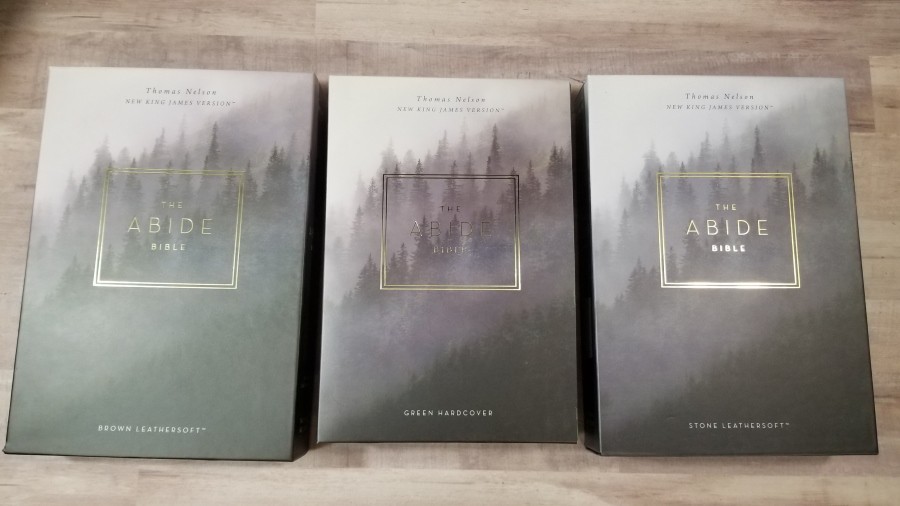

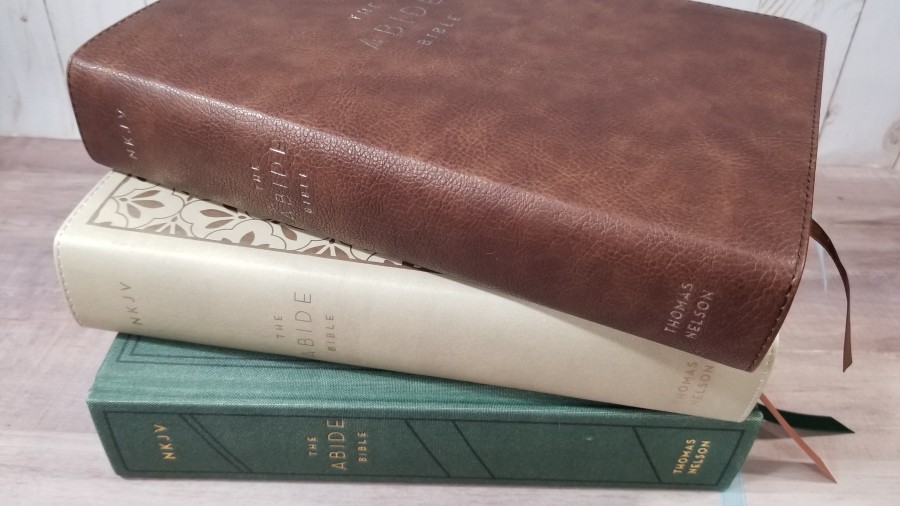
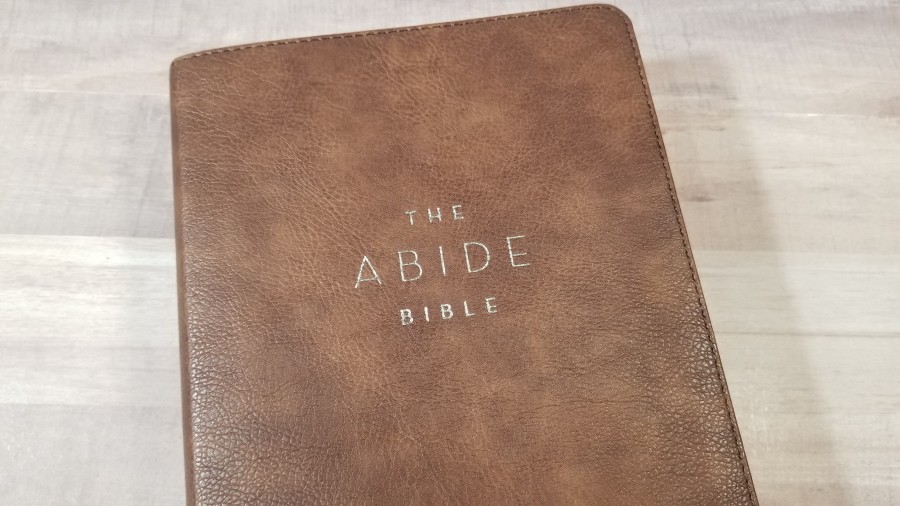


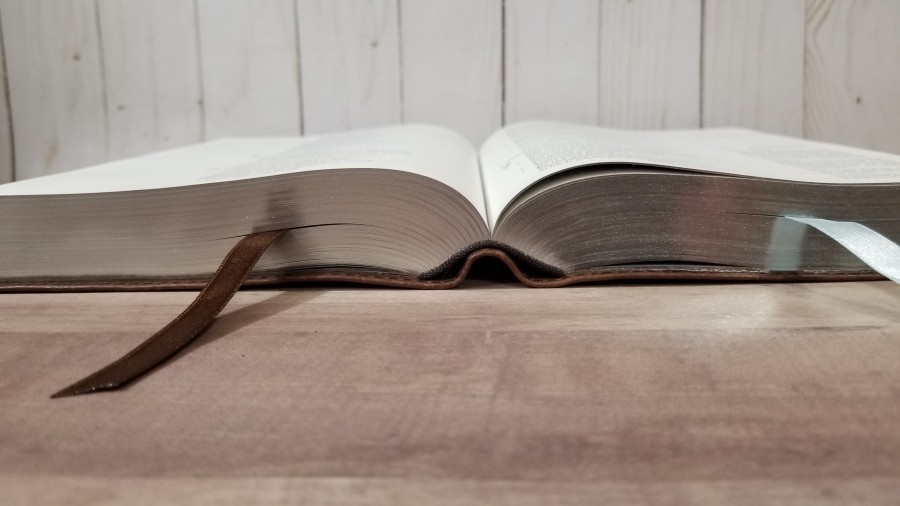
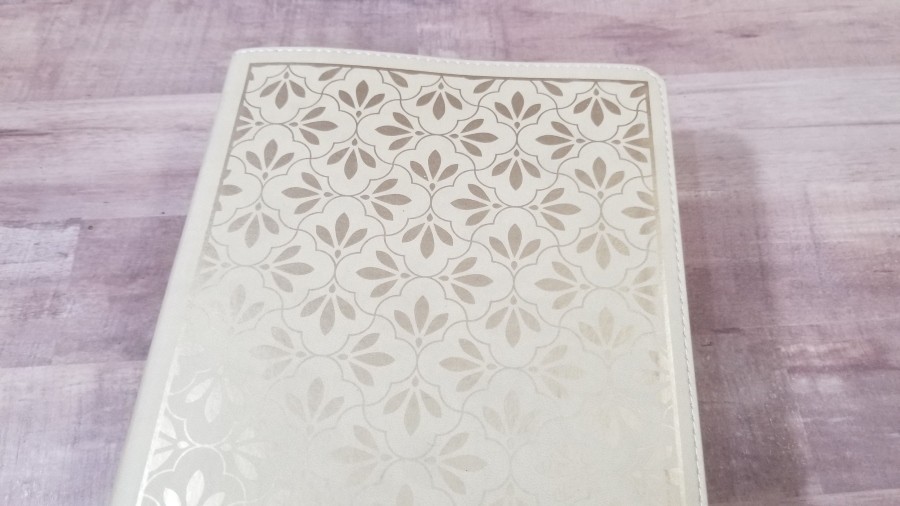

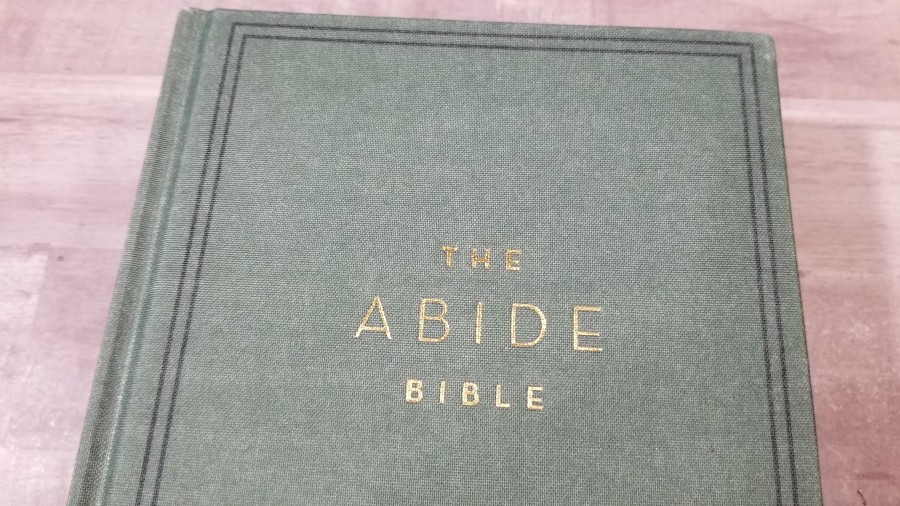

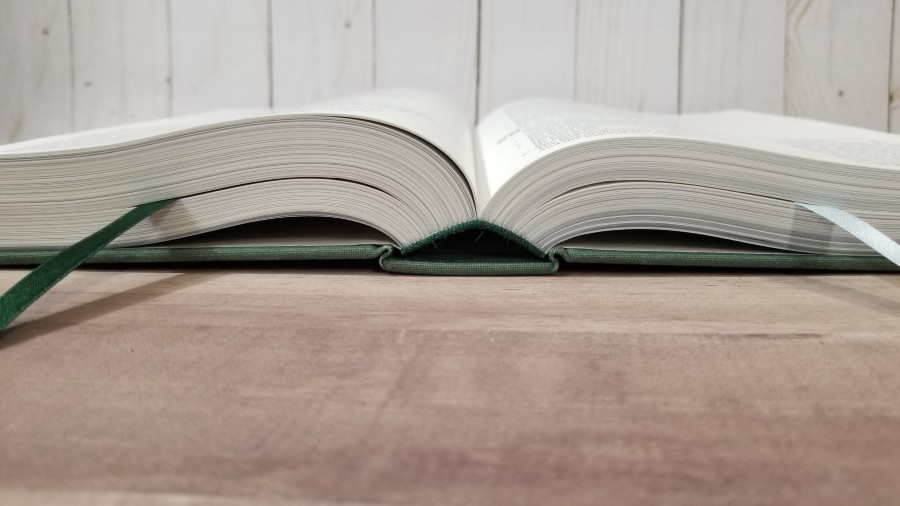
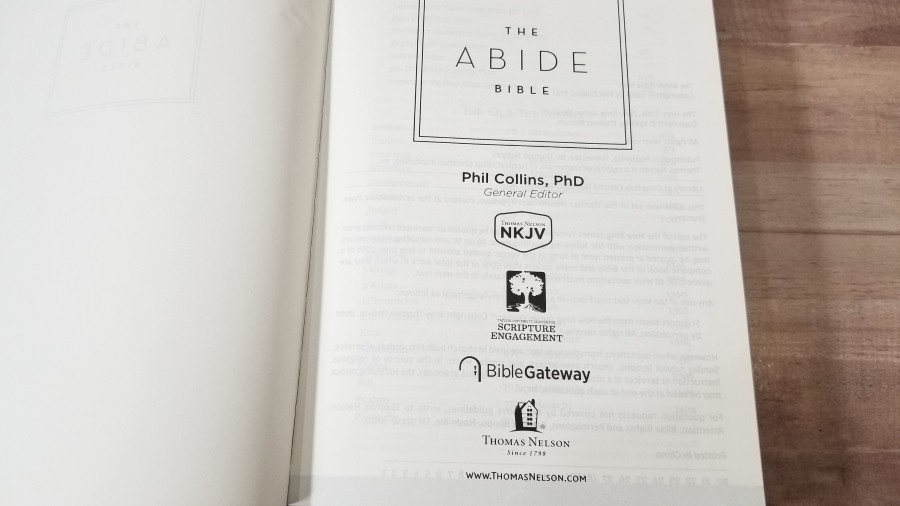
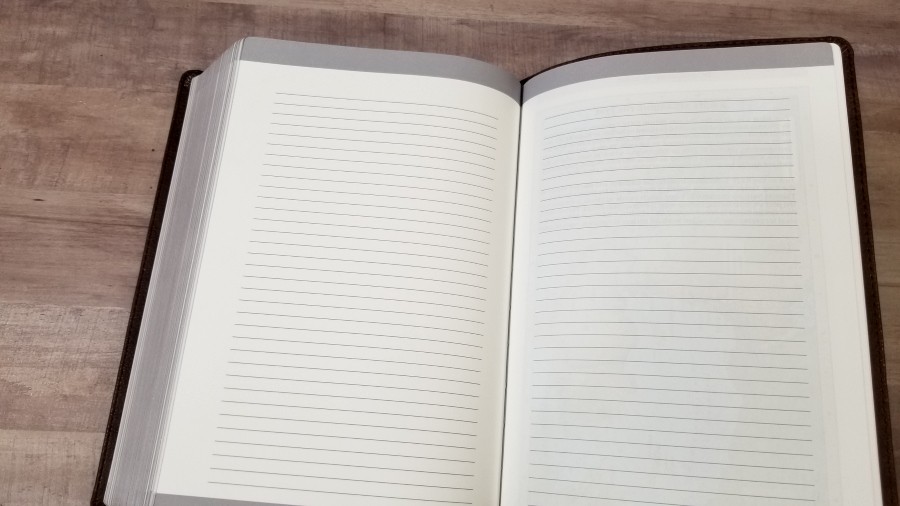
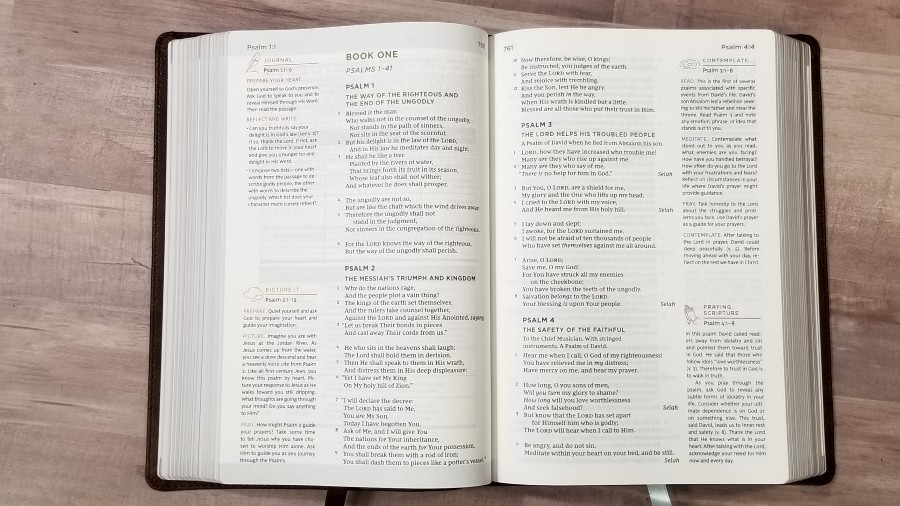

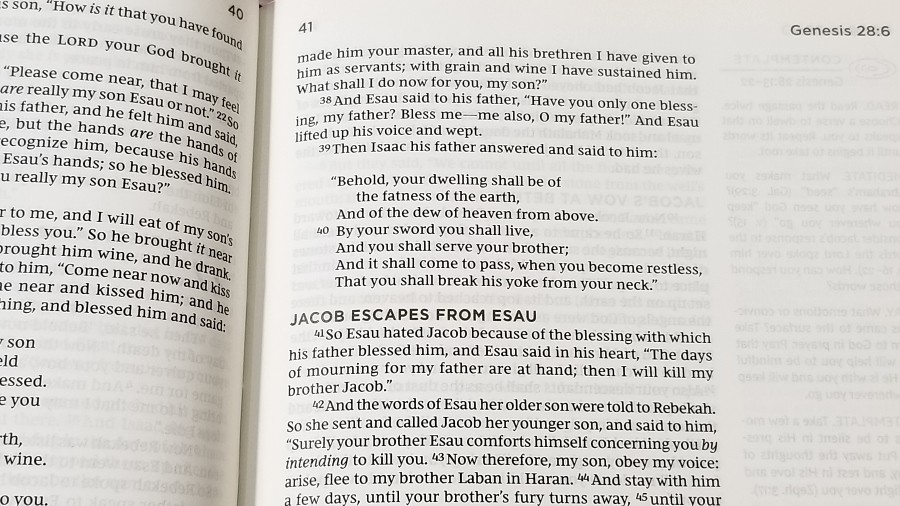
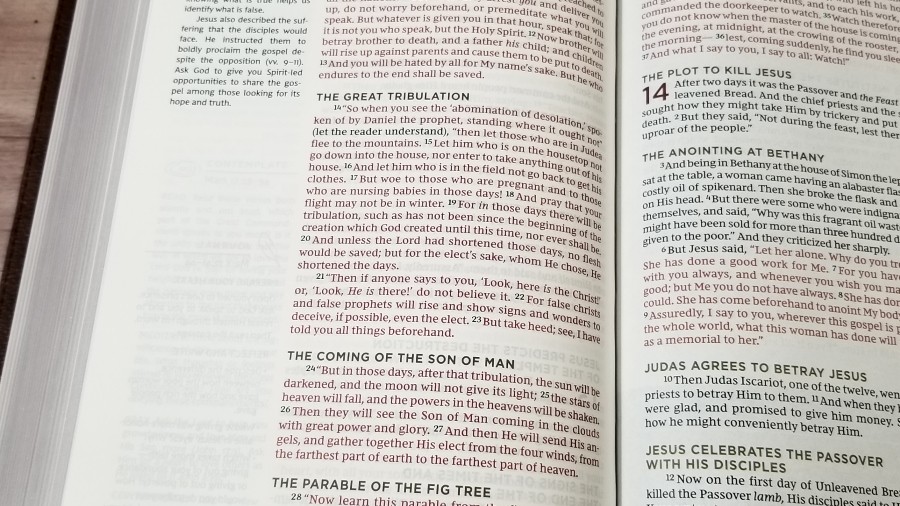
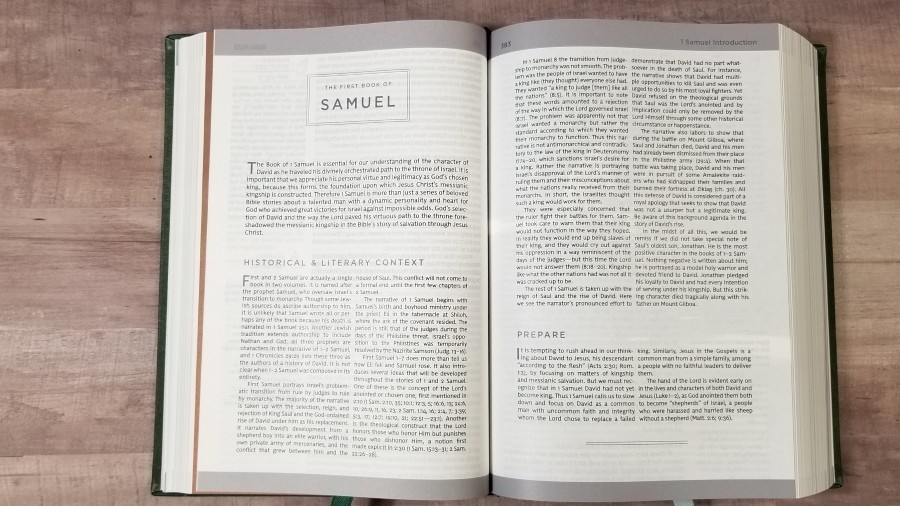



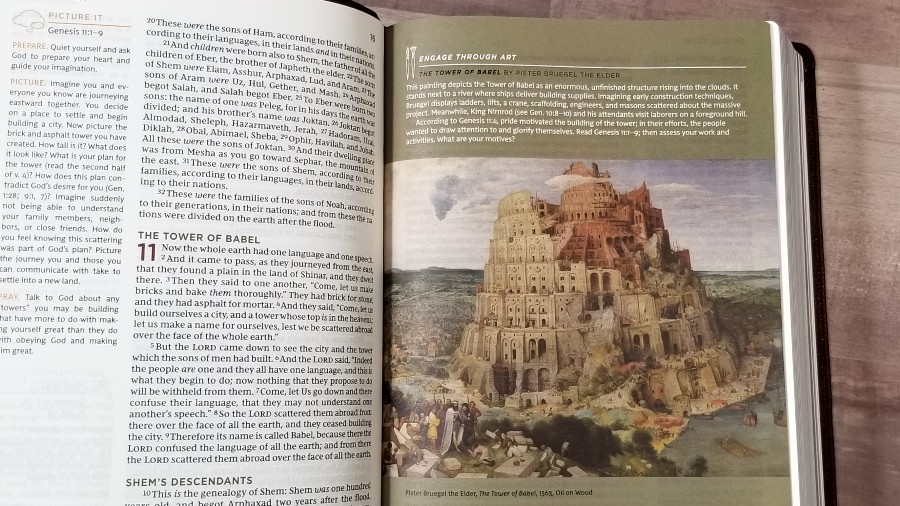
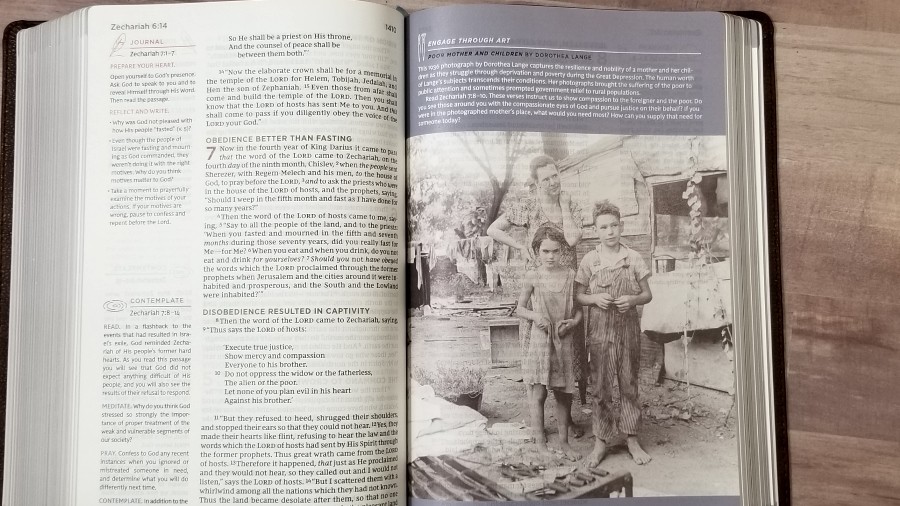
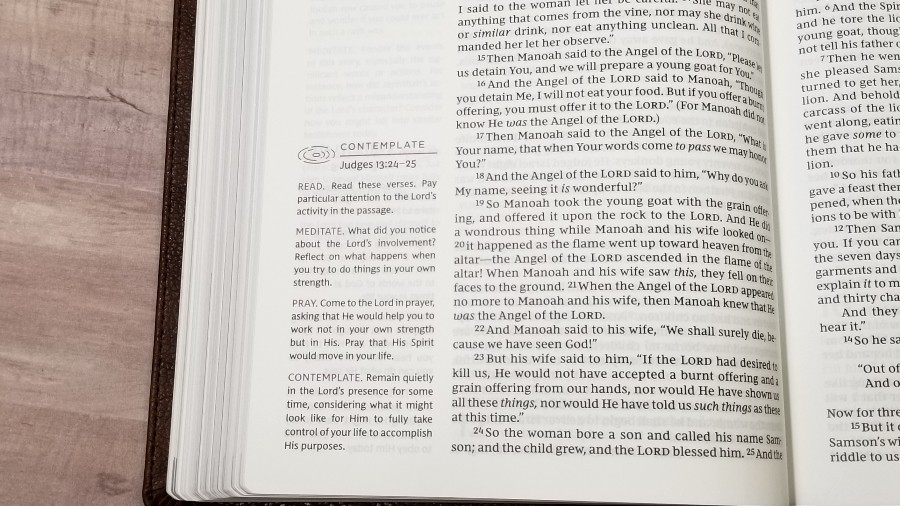
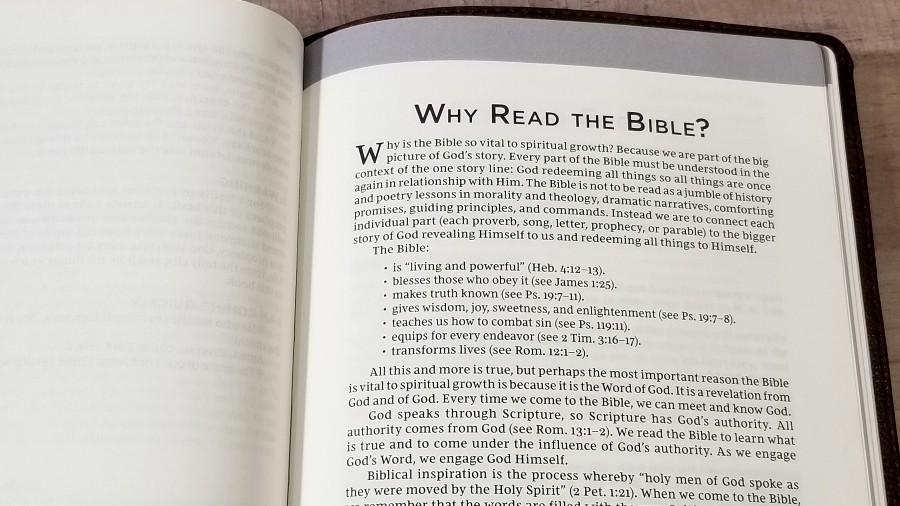
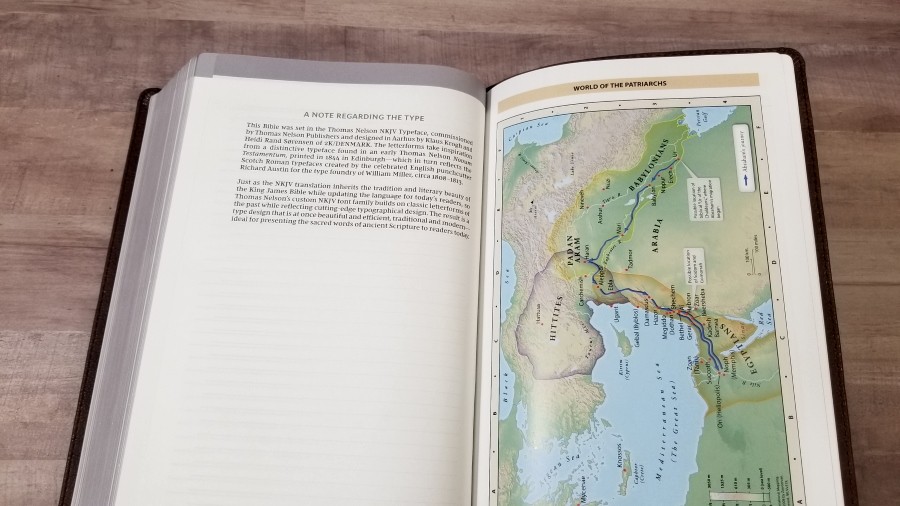

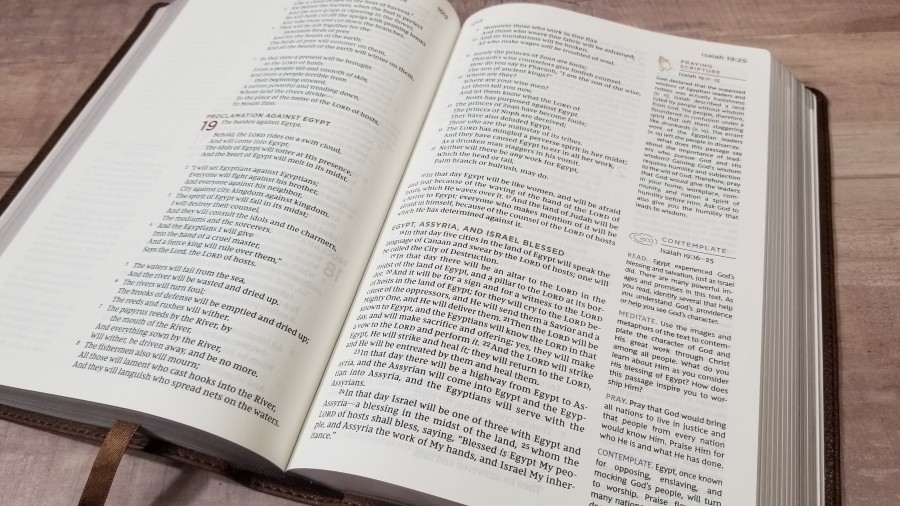

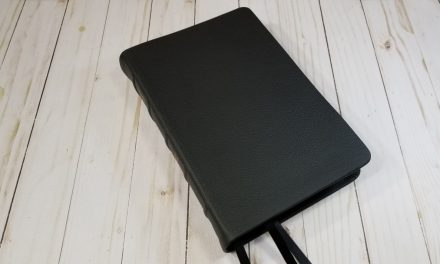
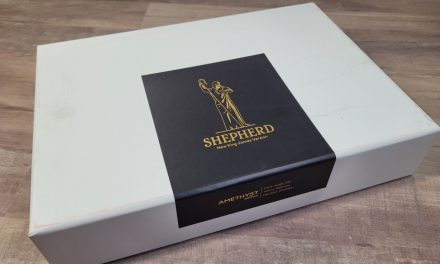

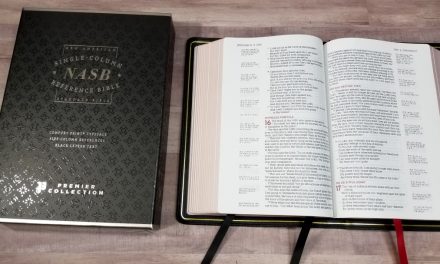






Thank you Randy. God bless.
Thanks Maria! Thanks for stopping by and for commenting. God bless you too!